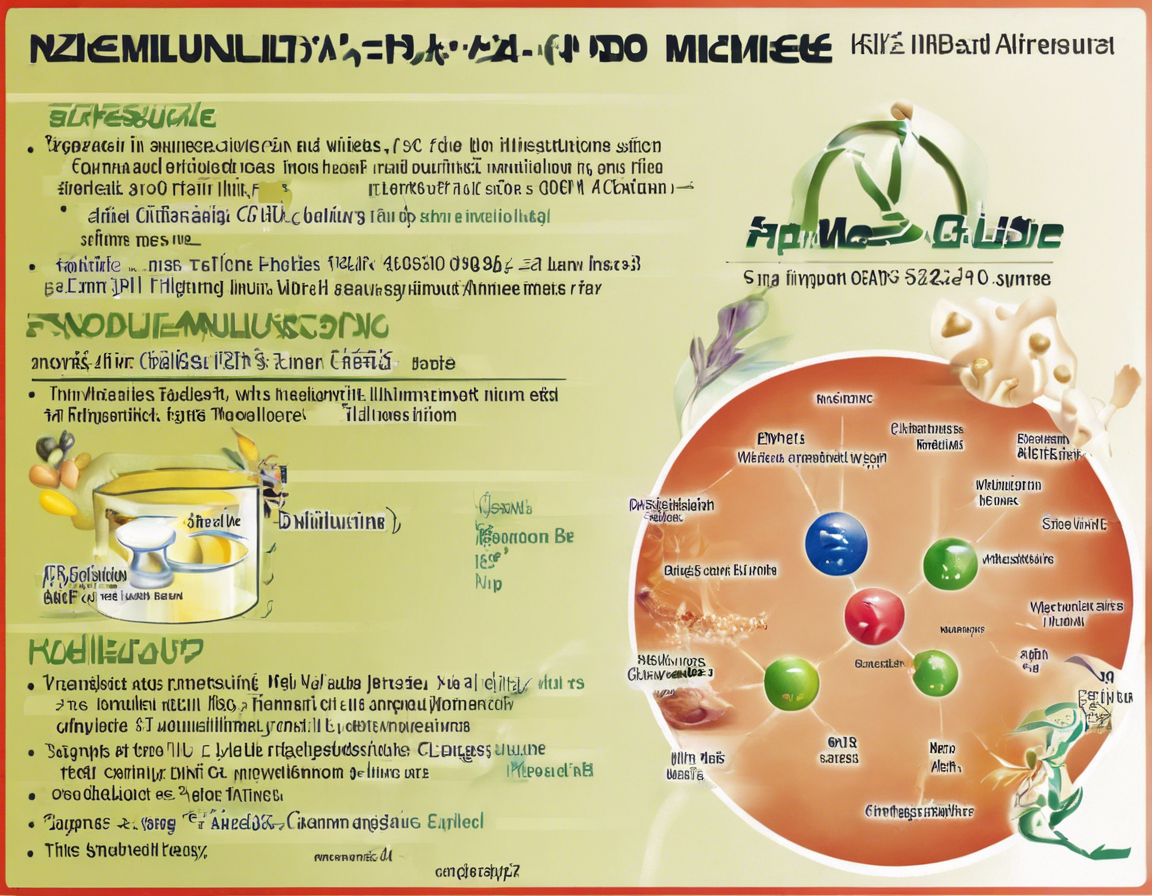Introduction
Nimesulide is a non-steroidal anti-inflammatory drug (NSAID) that is commonly used for its pain-relieving and anti-inflammatory properties. Available in tablet form, nimesulide is prescribed to treat a variety of conditions due to its efficacy and tolerability. In this article, we will delve into the diverse uses of nimesulide tablets, its mechanism of action, dosage, potential side effects, and more.
Understanding Nimesulide
Mechanism of Action
Nimesulide works by inhibiting the enzyme cyclooxygenase (COX), specifically the COX-2 enzyme. By doing so, it suppresses the production of prostaglandins, which are chemicals in the body that contribute to pain, inflammation, and fever.
Common Uses
-
Pain Relief: Nimesulide tablets are often prescribed to relieve mild to moderate pain, such as headaches, dental pain, and muscular pain.
-
Anti-inflammatory: In conditions like arthritis, tendonitis, and bursitis, nimesulide helps reduce inflammation, thereby alleviating pain and swelling.
-
Fever Reduction: Nimesulide can help lower fever in individuals suffering from infections or other fever-inducing conditions.
Dosage and Administration
The dosage of nimesulide tablets may vary depending on the condition being treated, the patient’s age, and overall health. It is typically recommended to take nimesulide with food to reduce the risk of gastrointestinal side effects. It is crucial to follow the prescribed dosage and not exceed the recommended duration of use to minimize the risk of side effects.
Side Effects
While nimesulide is generally well-tolerated, some individuals may experience side effects such as gastrointestinal discomfort, dizziness, skin rashes, and in rare cases, liver toxicity. It is essential to consult a healthcare provider if any side effects are experienced while taking nimesulide tablets.
Precautions
- Individuals with a history of gastrointestinal ulcers or bleeding should use nimesulide with caution.
- Pregnant or breastfeeding women should avoid nimesulide unless directed by a healthcare provider.
- It is important to disclose all current medications and medical conditions to the prescribing physician to avoid potential drug interactions.
Interactions
Nimesulide may interact with certain medications, such as blood thinners, diuretics, and some antibiotics. It is crucial to inform your healthcare provider about all medications being taken to prevent adverse interactions.
Frequently Asked Questions (FAQs)
Q1: Can nimesulide be used for long-term pain management?
– A: Nimesulide is not typically recommended for long-term use due to its potential side effects, particularly on the gastrointestinal system and liver. It is best to consult a healthcare provider for alternative long-term pain management options.
Q2: Is nimesulide safe for children?
– A: Nimesulide is generally not recommended for use in children under a certain age. It is important to follow the age-specific guidelines and consult a pediatrician before administering nimesulide to children.
Q3: Can nimesulide be taken on an empty stomach?
– A: It is recommended to take nimesulide tablets with food to minimize the risk of gastrointestinal side effects.
Q4: How quickly does nimesulide work?
– A: Nimesulide typically starts to work within 30 minutes to an hour after ingestion. However, the onset of action may vary from person to person.
Q5: Is nimesulide addictive?
– A: Nimesulide is not known to be addictive, as it does not produce euphoric effects or dependence. However, it is essential to use this medication only as directed by a healthcare provider.
Conclusion
Nimesulide tablets offer a valuable option for the management of pain, inflammation, and fever in various conditions. Understanding the diverse uses, mechanism of action, dosage, side effects, and precautions associated with nimesulide is essential for safe and effective use. As with any medication, it is imperative to use nimesulide under the guidance of a healthcare provider to optimize its benefits and minimize risks.
